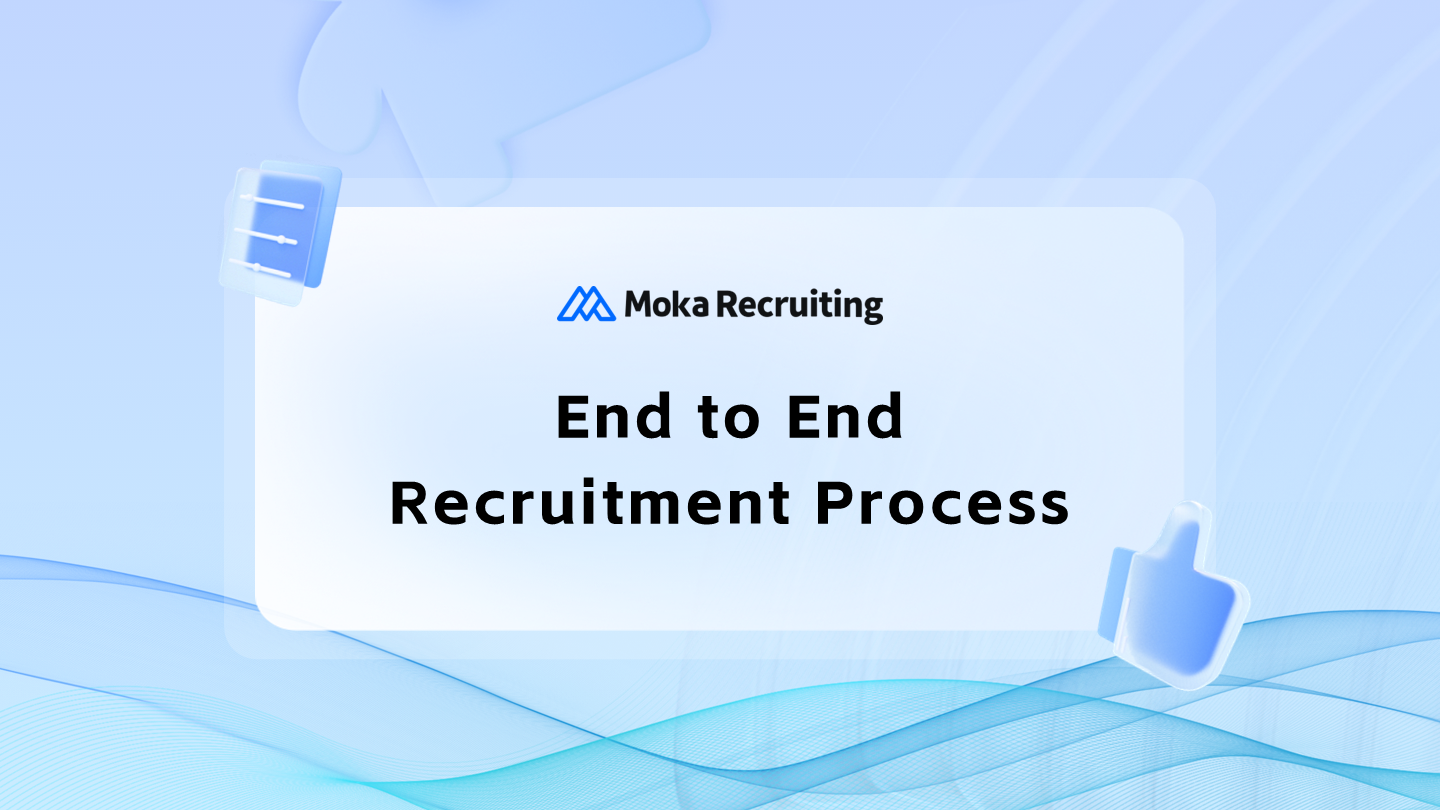
In a world where over 70% of organizations utilize Applicant Tracking Systems (ATS) to streamline their recruitment processes, it is imperative to understand how these systems function within specific sectors. The Maps and Geographic Information industry, characterized by its rapid technological advancements and increasing demand for skilled professionals, presents unique challenges and opportunities for ats recruitment.
The Role of ATS Recruitment in Diverse Markets
ATS recruitment serves as a pivotal mechanism that enhances hiring efficiency across various regional markets. In the context of the Maps and Geographic Information sector, which encompasses geographic data analysis, cartography, and spatial planning, the integration of ATS can significantly improve candidate sourcing and selection processes. Each region exhibits distinct labor market characteristics influenced by local educational institutions’ output, industry demands, and technological adoption rates. Consequently, understanding these nuances is essential for optimizing recruitment strategies tailored to this specialized field.
The Intersection of Online Talent Management Systems and Maps & Geographic Information
The Maps and Geographic Information sector is marked by its reliance on advanced technologies such as GIS software applications that require highly specialized skill sets. As organizations increasingly adopt online talent management systems alongside traditional ATS solutions in this domain, they are poised to enhance their ability to attract top-tier candidates effectively. These systems not only facilitate streamlined application processes but also enable better tracking of applicant progress through sophisticated analytics tools tailored specifically for geographical information roles.
A Detailed Examination of MokaHR’s Features in the Maps & Geographic Information Sector

- Advantages:
- MokaHR offers customizable workflows that cater specifically to the needs of GIS-related positions.
- The platform provides robust analytical tools that help identify trends in candidate performance relevant to geographic information tasks.
- User-friendly interfaces ensure ease-of-use for both recruiters and applicants alike within technical fields.
- Disadvantages:
- MokaHR may lack certain integrations with niche GIS software platforms commonly used within specific regions or industries.
- The learning curve associated with adopting new technology could pose initial challenges for teams accustomed to traditional methods.
- Certain features may be underutilized due to insufficient training resources available locally in some areas focused on geographic information science.
Conclusion
This exploration into ATS recruitment within the Maps and Geographic Information sector highlights its critical role amidst evolving market dynamics. By leveraging advanced online talent management systems like MokaHR while acknowledging regional peculiarities—organizations can optimize their recruiting efforts effectively. Ultimately, embracing these innovative approaches will empower companies operating within this vital field to secure top talent capable of driving future advancements in maps and geographic information technologies.
